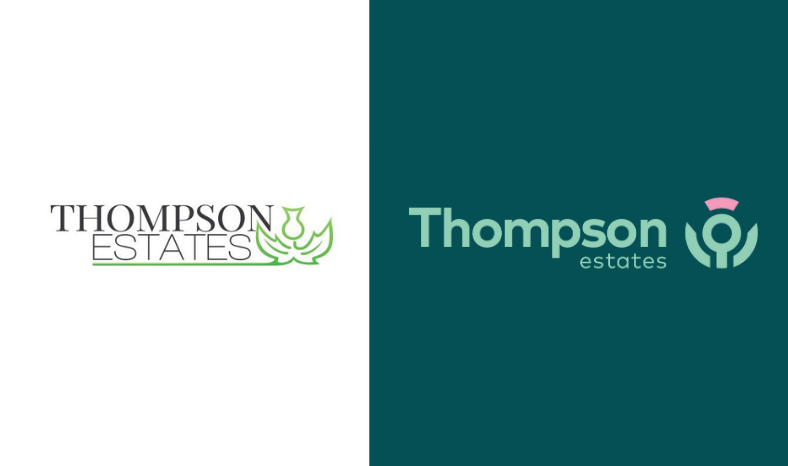Branding is one of the most important parts of building a new business. It’s what gives your brand personality and charisma and helps you stand out from your competition. Branding helps you spark a special connection with your audience and makes your business recognisable and memorable.
What exactly is branding?
Branding is so much more than just a business name and logo. As well as this, branding is the colour palette, font, style and tone of voice of a business. It’s the emotional feeling a brand elicits from its customers. Branding should be consistent across all communication channels such as website, newsletter, social media, flyers, business cards etc.
However, from time to time businesses need to undergo rebranding in order to keep your brand looking fresh, up to date and consistent. Here are some common signs your branding needs a makeover:
Your brand name or logo no longer reflects your brand vision
Every brand should have an identity. A distinctive personality that represents the business’s values and vision. Most people align themselves with brands that have values they share, so it’s important these remain consistent across your business model. Your brand name and logo should mirror your brand’s personality. So if your business’s values have evolved over time, it’s likely that your business will need rebranding.

You’re failing to differentiate yourself from the competition
Industries are always evolving with brands constantly coming and going. Although it is important to keep an eye on your competitors, you must always ensure your brand stands out from the rest and retains its unique qualities. It’s easy to fall into the trap of simply copying other brands’ ideas. While monitoring your competitors is beneficial, just because a brand changes their logo doesn’t mean you have to do the same.

You’re trying to connect with a new audience
If you’re looking to reach out to a wider target audience, your branding may not be attractive to a new group of people. Your brand should always speak to the people you’re trying to reach, so it’s important it presents a tone of voice and imagery that is easily understood by that demographic. Ideally, your brand should be appealing to both existing and new customers.
Your branding looks outdated
This is probably the most common motive for rebranding. If your brand looks like it’s something out of the 90s, it will need modernising. Styles of brands continuously evolve, so in order to keep up to date, ensure that you are monitoring the trends in your industry to create a contemporary new brand image.
If you need help rebranding your business, contact the Snap team and let us do the work.







